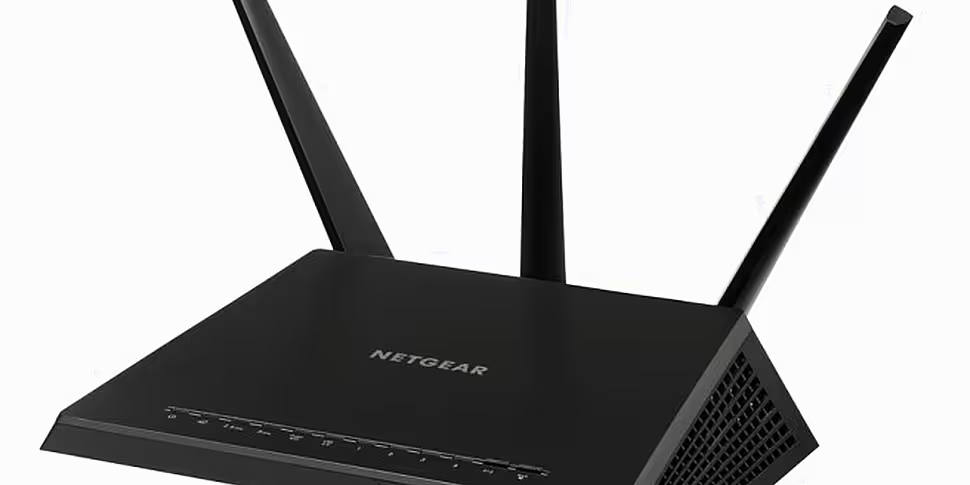Do you receive the broadband speeds you pay for?
While many of us pay for high-speed broadband, there are number of issues that impact the signal we actually receive. These can vary from the provider you have to the location of your router.
Regardless of whether you live in an apartment or a house, there are certain steps you can take to make the most of your broadband connection.

Before we talk about maximising it, however, it's worth taking the time to understand how exactly Wifi works.
Wifi stands for Wireless Fidelity. It uses radio frequencies to send signals between devices. Wifi sends and receives data in the Gigahertz range. Wifi uses frequencies of 2.4Ghz and 5Ghz.
To make the most of the connection, think of the signal as broadcasting in a radius from the router.
Move it
By thinking of Wifi in that way, you will be able to maximise the potential of your service. The location of your router really does matter and impacts the strength of the signal you receive.
Find the most central location in your home for the router. It's possible to run an Ethernet Cat 5 cable to a central location, allowing you to connect your router. If you live in a multi-story building, consider placing the router in a central location on the second floor. This allows for the waves to flow outwards and down.
While radio waves can travel through walls, the signal can be impacted by thick walls in older buildings. The signal can become absorbed in the brick or concrete, losing strength whilst travelling to the other side.
Metal and mirrors can also negatively impact the distribution of radio waves. Avoid placing your router behind a TV or near the bathroom.
The kitchen is not a good place to house a router. Microwaves use the same frequency as Wifi routers. Each time the microwave is used, it interferes with your WiFi signal. Again, metal objects such as the fridge and cooker can impact the signal, so you're best off avoiding the kitchen.
Solutions
If you're still facing issues with your signal failing to stretch through your property, it's worth considering some range extenders. Wireless range extenders are widely available and provide a steady stream of Internet connectivity, ensuring your browsing is uninterrupted. After doing a bit of research, I opted to go with some products by TPLink.

TP Link's Powerline Homeplug comes as two plugs; one connects to the back of the wireless router via an Ethernet cable and the other to the back of the device (computer, laptop or Smart TV) via Ethernet cable. This strengthens the Internet connection and provides a consistent connection. This type of device is ideal for those with Smart TVs.
For those with multiple smart devices that struggle to connect and remain connected to the wireless signal, it is worth considering TPLink’s Wireless Router. This wireless router works alongside the wall-plugged Ethernet bridge, mentioned above.
When hooked up to the Ethernet bridge the wireless router creates a new network connection for devices to connect to, bringing wireless into rooms the ordinary signal cannot reach. There is no limit on the number of devices that can connect to the wireless router.
There was very little set up involved in this process and I've found that my signal now stretches throughout my home.









